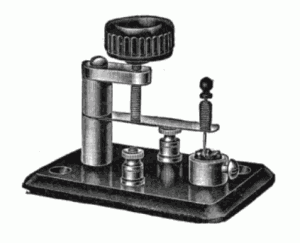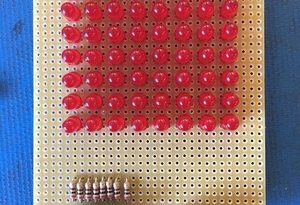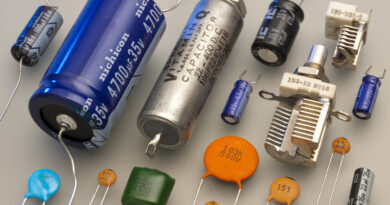Germanium Diode History & Cat’s Whisker Detectors
The germanium diode has an interesting and important role in the history of radio transmission. In the early years of radio, information was transmitted by telegraphy, by turning the transmitter on and off with a switch called a telegraph key. This would spell out messages in Morse code, which consist of dots and dashes. Therefore, early radios only had to detect the the radio signal, there was no need to change it into audio. This device was known as the detector, and the most successful detector was the crystal detector. The crystal detector began to replace the magnetic and electrolytic detectors in the early 1900’s and when AM radio transmissions were introduced, the crystal detectors were able to pick up these transmissions as well.
In 1906 G.W Pickard worked to develop the cat’s whisker diode by using a silicon crystal, this was later patented. Later as the cat’s whisker diodes became more popular Pickard began testing over 30,000 different combinations or crystals and wires. Another Pickard patent was the use of silicone as a detector, also patented in 1906.
Following World War II the germanium diode was created, and began to replace the cat’s whisker detectors. The number of crystal radios being made were drastically reduced. Even today many people still collect cat’s whisker detectors for personal use. They are often obtained by antique radio hobbyists and other historical enthusiasts.
The germanium diode performs well at lower temperature and voltage applications. For RF applications, germanium has greater power transfer than silicon thanks to the lower voltage drop, and better switching speed. This is due to higher carrier mobility and lower diode capacitance than silicon.Hobbyists looking for a germanium diode can find the 1N34A here.
If you’re interested in learning more about the electrical properties of germanium vs silicon George State University has a good resource here.


